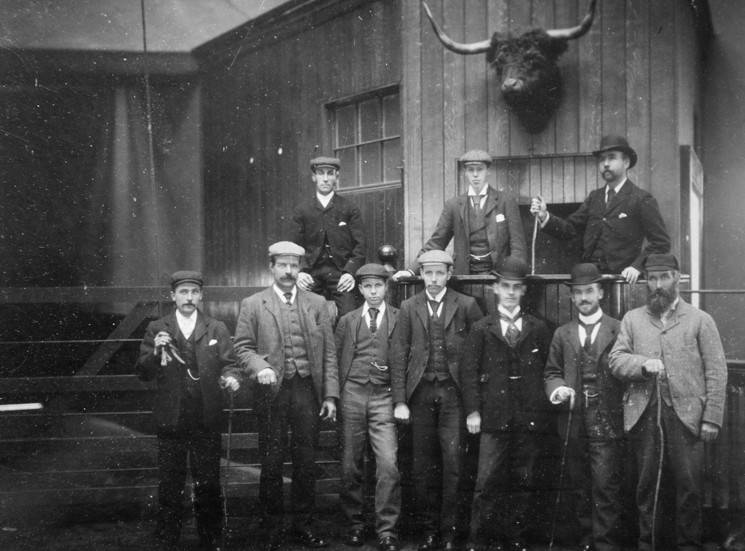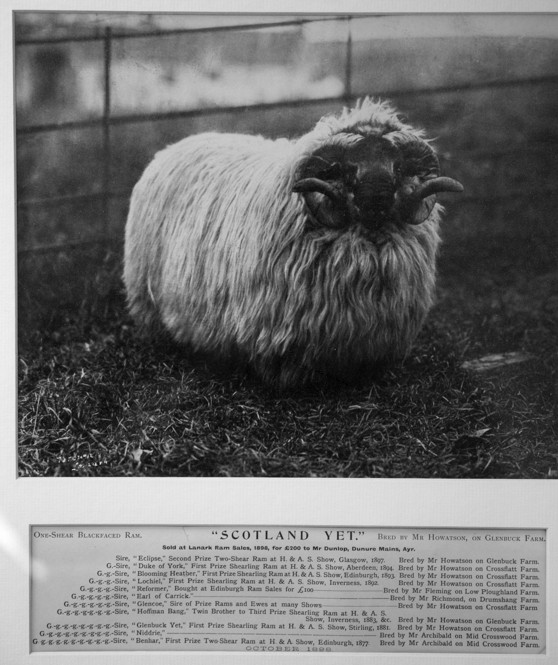
A treasure trove of rare photographs offering incredible insight into the livestock trade in Scotland over the past 150 years has been uncovered.
The collection, which features images of livestock, customers and auctioneers as well as sales reports dating as far back as 1867, was discovered by auctioneer Willie McCulloch in Lanark Agricultural Mart.
It features images of a breed of sheep, the Blackface, that no longer exist in their current form as a result of selective breeding over the past century and a half.

Among the archive is images which show auctioneers and buyers from 1867.

There is also a sales report from the Hamilton Advertiser dated 28 September 1867 and sales records of sheep, cattle and pigs dated 1867, as well as a variety other images from over the last 150 years.
Auctioneers Lawrie & Symington are now looking to the farming community and wider public to see if anyone is able to help identify who some of the people in the photographs might be.
'Fascinating glimpse'
Willie McCulloch of Lawrie & Symington, who discovered the collection, said: “This archive offers us a fascinating glimpse of what the trade was like in 1867 and how it has evolved in the decades since.
“The animals shown here, such as the Blackface ram, have changed massively during this period as a result of selective breeding so they are of real interest to anyone with a hand in agriculture or a general interest in history.
“What is of particular significance is that a number of the pictures we discovered have the names of farms and farmers on them, so we have a good idea of who some people might be related to all these years later.
“If any members of the public are able to help us work out who the people are that we don’t have names for we’d be hugely grateful. We’ll be posting the photos on our Facebook and Twitter pages in the hope that local families and the agricultural community might be able to help us find out who they are.”
